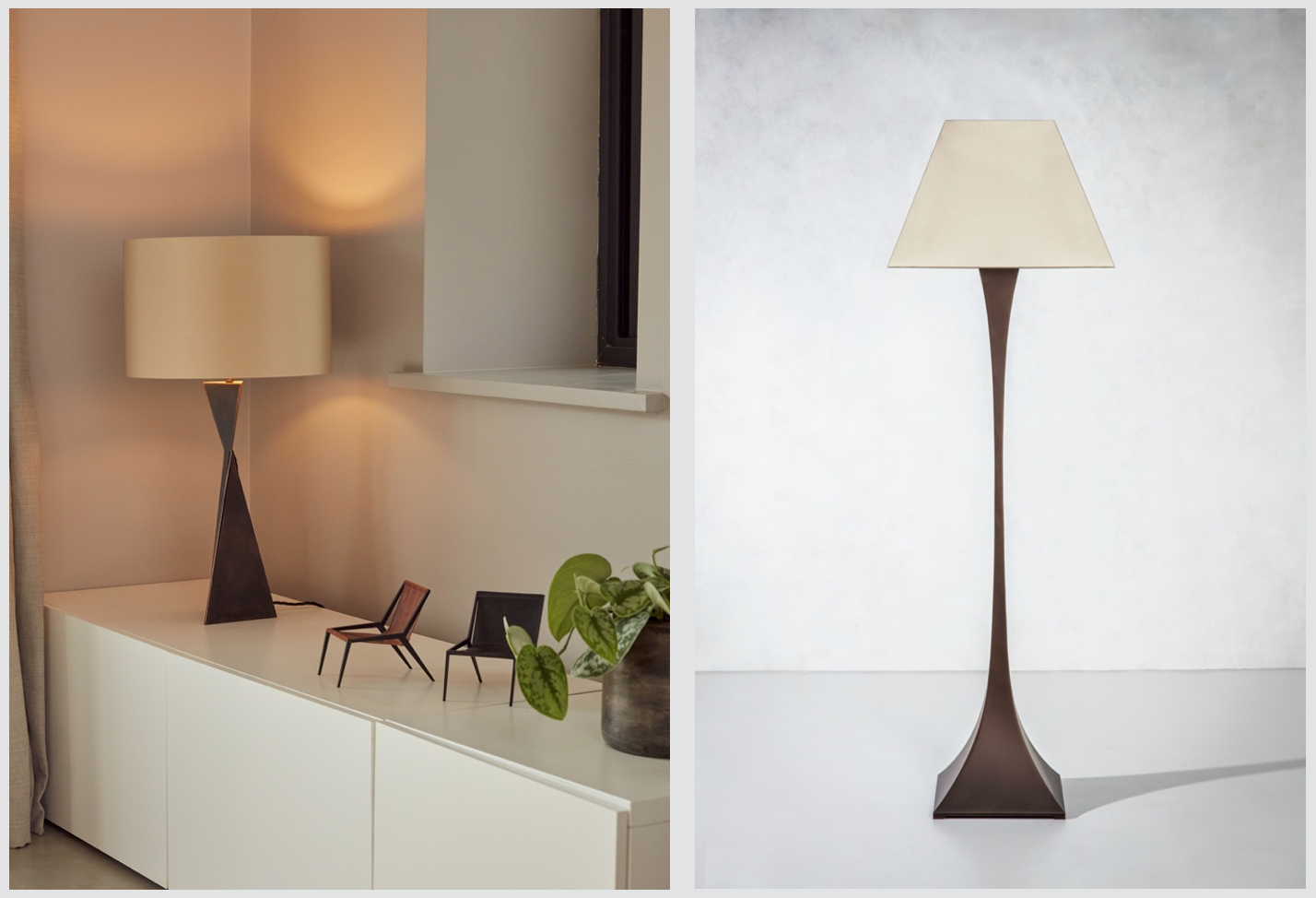Lighting a space properly is often an expert endeavour. Indeed, the technicalities are generally best left to the pros. Though, when it comes to planning your lighting design scheme, there are a few key elements that depend on personal taste and a close sense of how you wish to live in the space. We’ve connected with Sally Storey, Creative Director of John Cullen Lighting, to discuss the parts of the process that you can tackle on your own before any wires get involved. Sally’s expertise stems from years of bringing light to the likes of Claridge’s, the Four Seasons George V, and the Alpina Gstaad – which is to say, she knows what she’s doing! We hope you’ll find these insights enlightening…
Keep lights hidden to maximise focus on the space itself
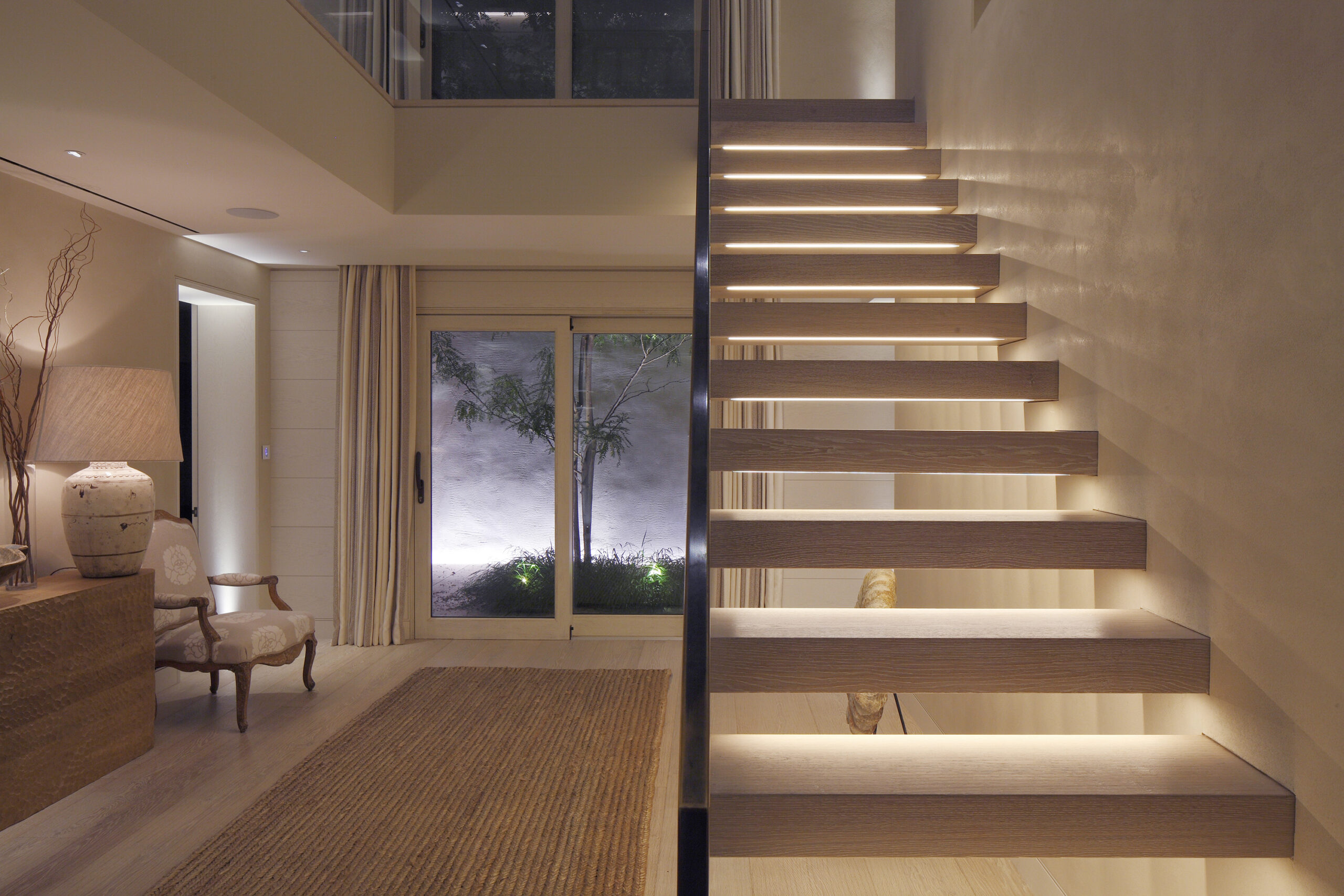
Hall and Staircase by Todhunter Earle Interiors, with lighting by John Cullen Lighting; image credit: James Balston
A well-lit room is one in which the lighting scheme goes unnoticed. When you walk into the space, you should appreciate the features of the room and the ambiance, as opposed to the lighting that’s working hard behind the scenes to create that beautiful environment. This is the sort of seamless effect to aim for when planning how to light your home.
Layer lighting to enrich the visual effect
Sally explains, “the key to creating a great lighting scheme is to introduce layers of light like the interior designer introduces texture”. She recommends avoiding grids of downlighting in favour of varied light sources that add visual intrigue and depth to the space. A blanket of monotone lighting will flatten the room and do little for even the most considered interiors. Instead, mix ambient, task, and accent lighting to make the space sing.
Lamps are wonderful tools for creating this dynamic lighting effect. Tom’s AVA Table Lamp is a versatile, modern addition to any lighting scheme. To layer different levels of light, consider taller standing lamps as well, like the Capricorn Floor Lamp.
Use lighting to highlight your favourite elements of a room
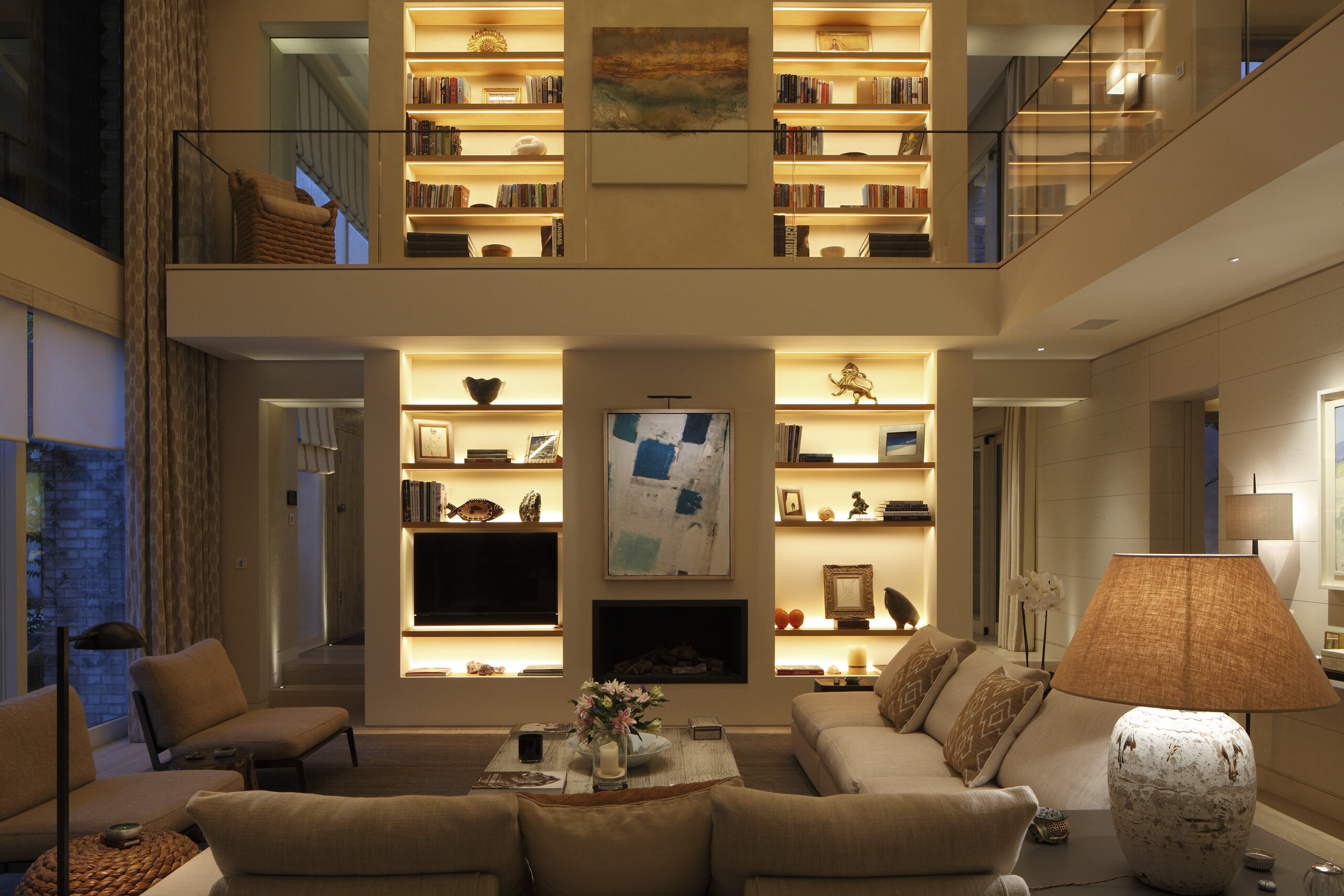
Living room by Todhunter Earle Interiors, with lighting by John Cullen Lighting; image credit: James Balston
Carefully positioned lighting is a wonderful way to guide the eye towards the best features of an environment. As Sally advises, “don’t be afraid to not light everything and remember that it is important where the light falls in a space and not where the light source is positioned”. It’s a good idea to start by selecting your favourite parts of a room so that your lighting scheme can be orchestrated to accentuate them. Remember that where there’s light, there’s also shadow, which is another excellent tool for making the best of your home stand out. If you’re looking to highlight a library of prized books, for example, frontal lighting will work best. Or should you wish to draw the eye to a fireplace as the focal point of the room, up lighting breathes life into the design feature whether combined with a roaring fire or not. John Cullen offers specialised products and expert solutions to ensure a balanced and beautiful treatment of those special qualities in your home.
Use lighting to define distinct zones
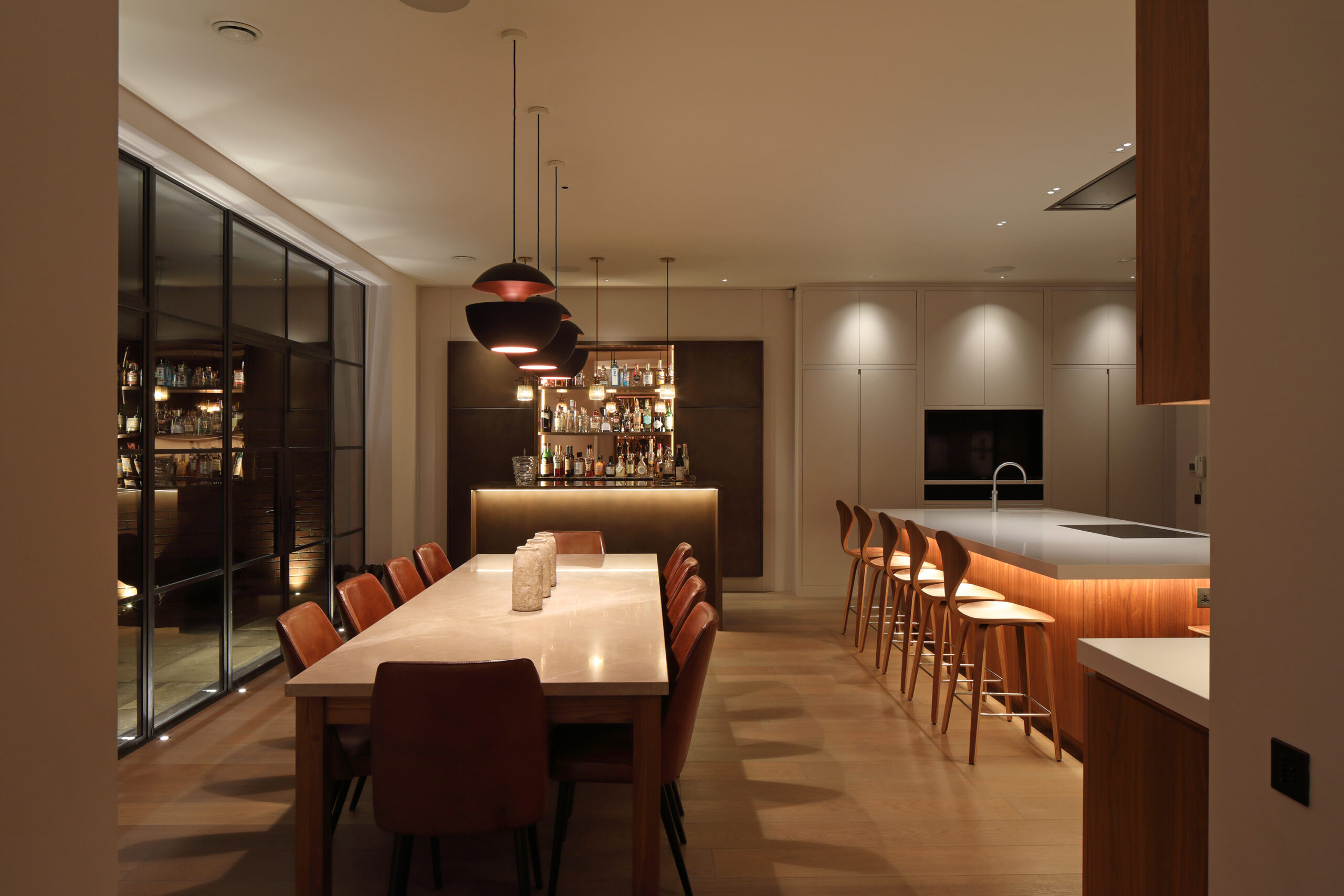
Open plan kitchen with lighting by John Cullen Lighting; image credit: James Balston
Done right, lighting can be a powerful tool for creating the effect of multiple rooms within an open area. Sally exemplifies the result in this combined space that features a kitchen, dining area, and bar, sensitively lit to carve out separate vignettes within a single room. It helps to ensure the lighting in each zone can be individually controlled, so that you can, for example, dim the kitchen so that it fades into the background in favour of the dining space. You can use pendant lights like the Hug Pendant to place the spotlight on the dining table while installing inlaid lighting that either highlights or downplays the bar. In effect, lighting allows you to convert one room into a shapeshifting combination of rooms.
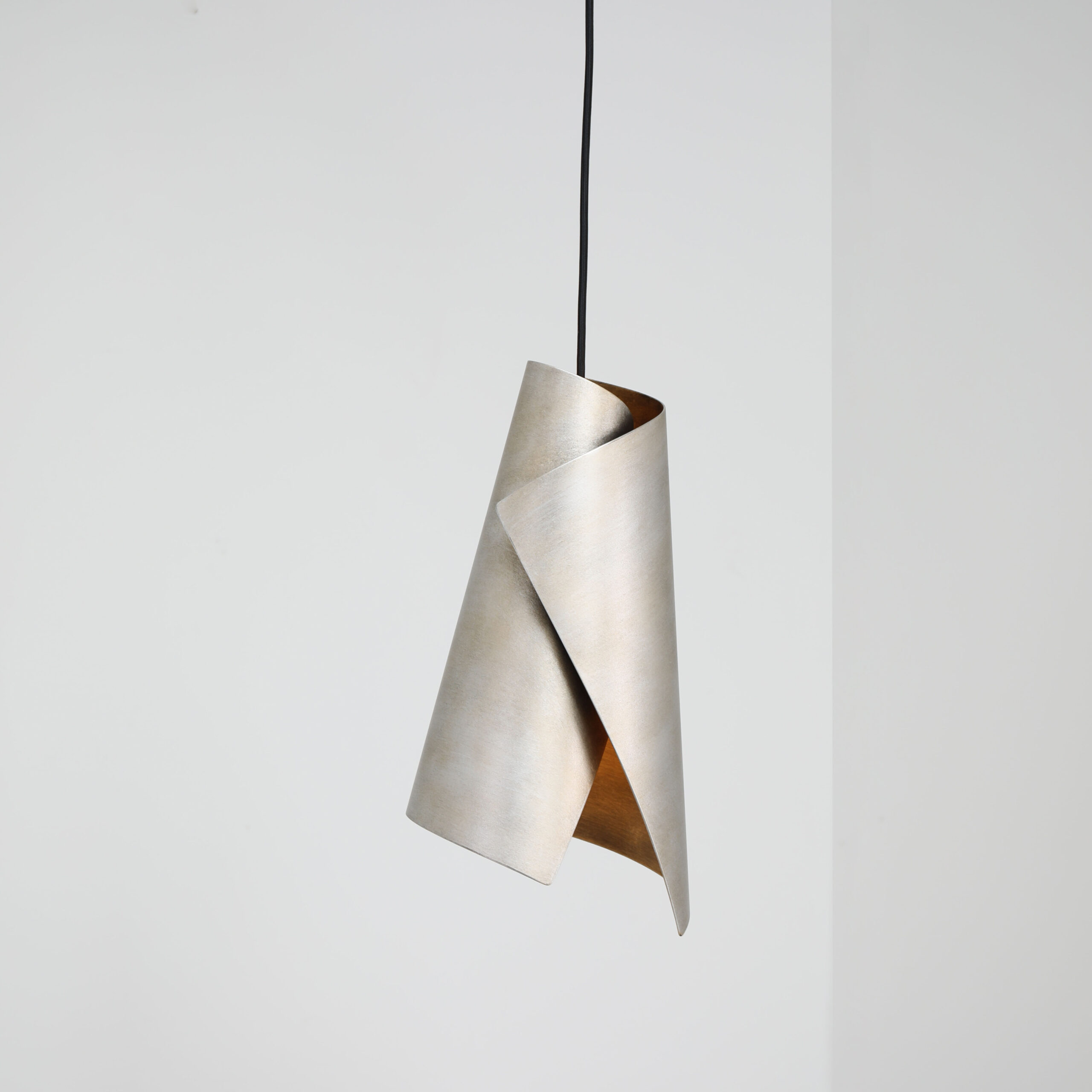
Hug Pendant in ‘Persian Silver’ with ‘Florentine Gold’
Select the right colour temperature
Sally is careful to note that “the wrong colour temperature, measured in Kelvins (K), can give the feeling of being in a hospital or office rather than your home, which should be comfortable and relaxing.” She recommends 2700K or warmer for an inviting ambiance that will set the right tone.
Use light to reveal true colours
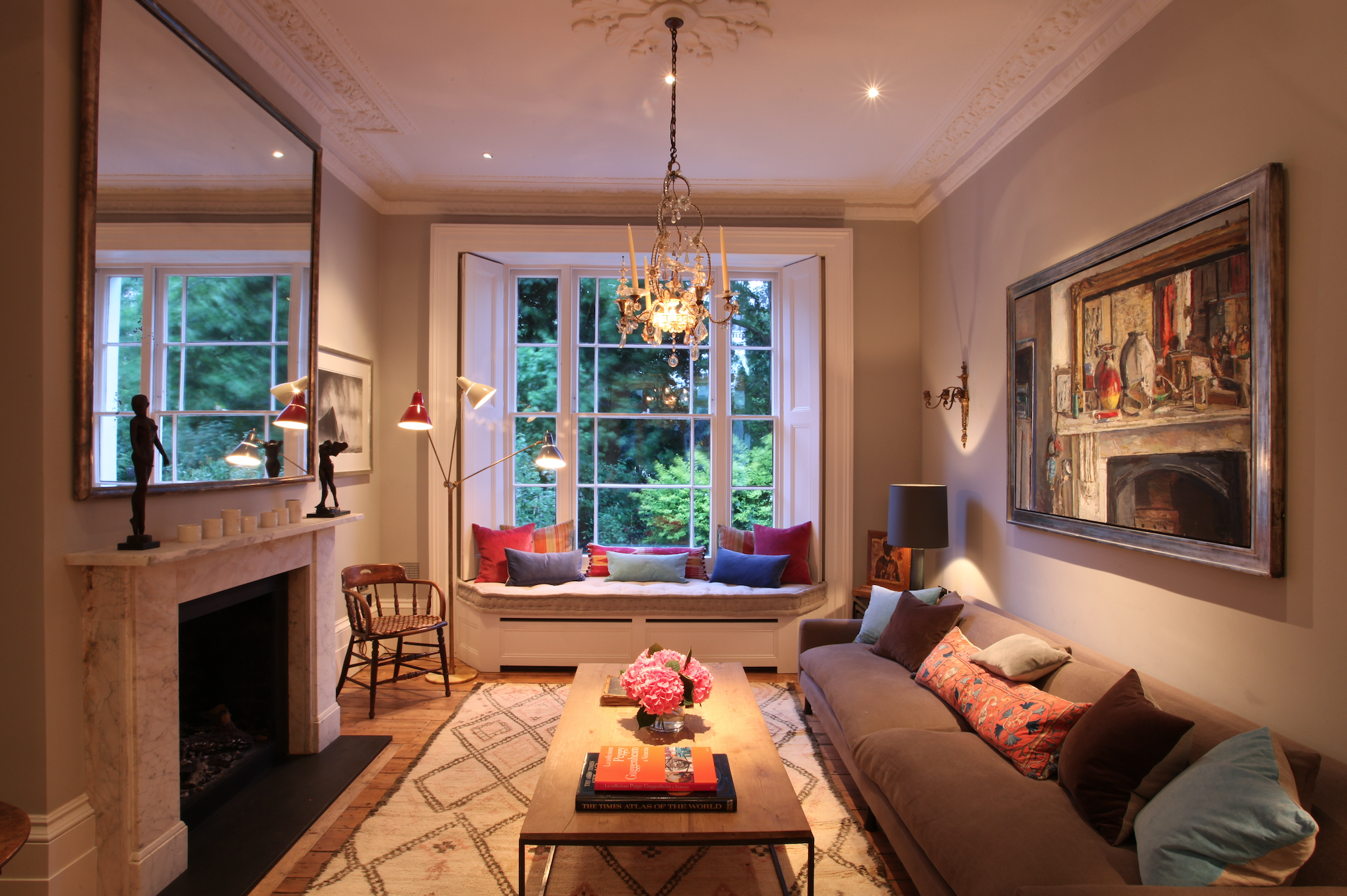
Living room with lighting by John Cullen Lighting
Not all light is created equal. Some sources can appear quite artificial and even distort the colours in your home. Sally explains, “the colour rendering index (CRI) is a measurement of how well a light source will render colours in relation to natural daylight. It is a value between 1 and 100. Aim for 90CRI or above. Lower than 85CRI can give a very flat and lifeless effect.”. It’s especially important to keep this in mind when displaying artwork and ensuring you bring out the right tones in your furnishings.
Always opt for dimmers
It’s incredible what a difference dimmers can make – not just to the look of your home but the overall mood of the place. Dimmers create ambiance and allow for adaptability within a space. Adjustable lighting allows you to feature different elements of a room as and when you wish, creating an adaptable environment.
Be bold and experimental
As Sally notes, “lighting is the only interior design tool that can change the space at the touch of a button, so have fun with it”. Experiment with shadows as a tool for creating a touch of drama. Or use lighting to creatively showcase sculptures or a selection of your favourite bibelots. You can even introduce colour to your lighting schemes to set the tone for parties. There are endless opportunities to get creative with light!
To learn more about how you can use lighting to bring out the best in your home, have a look at Sally Storey’s new book, ‘Inspired by Light’. And to make your ideas a reality, John Cullen Lighting has got you covered.
Text by Annabel Colterjohn, with expert comment from Sally Storey
